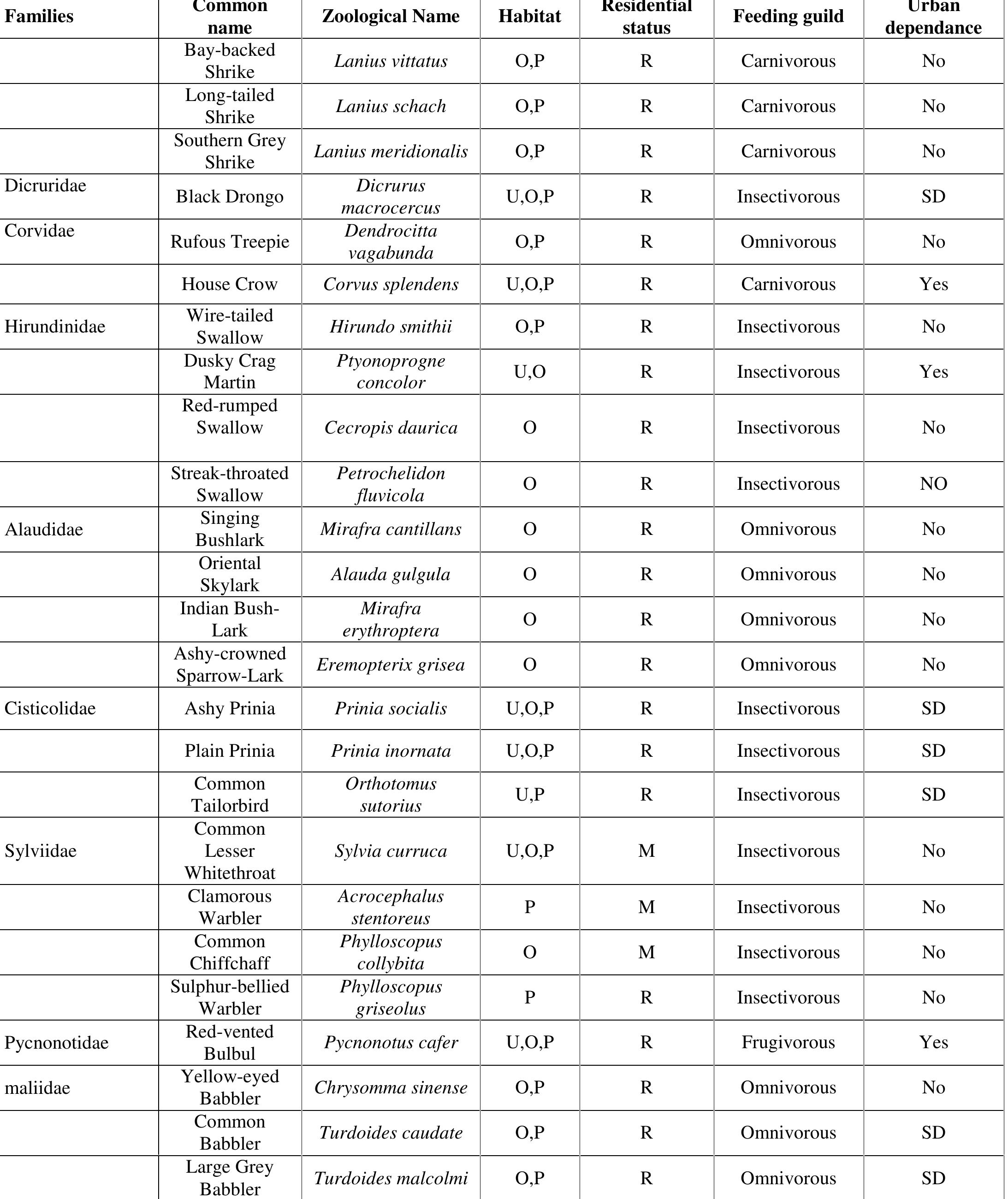Introduction:Abstract Introduction: Indian crested porcupine is awidely distributed rodent in the subcontinent, inhabiting temperate scrublands, grasslands, forests, Steppe Mountains, sandy deserts (Gurung & Singh, 1996) and caves (Alkon,...
moreIntroduction:Abstract
Introduction:
Indian crested porcupine is awidely distributed rodent in
the subcontinent, inhabiting temperate scrublands,
grasslands, forests, Steppe Mountains, sandy deserts
(Gurung & Singh, 1996) and caves (Alkon, 1999; Harries
., 2008; Biswas&Shrotriya, 2011). It isageneralist forager,
exploiting awide variety of cultivated and wild plants and
consuming both hypogeal and epigeal plant tissues
(Gutterman, 1982; Alkon & Salt, 1985; Khan , 2000). It
has long beenrecognizedas forestandagricultural pests in
many countries (Prakash, 1976; Sharma & Prasad, 1992;
Khan ., 2000; Idris & Rana, 2001; Siddique & Arshad,
2004; Girish ., 2005; Chakrborthy 2007), as it
causes damage to forest plantations by feeding on roots
and bark of succulent plants, resulting in girdles in trees,
uprooting of nursery seedlings and planted saplings
(Ahmed & Chaudhry, 1977; Greaves & Khan, 1978), fruit
et
al
et al.
et al
et al et al.,
trees and agricultural crops (Khan ., 2000). In Iran,
is one of the important pests on reforestation in
westernoak forests (Khan ., 2014).Alkon&Saltz (1985)
stated that theporcupine in thedesertof highlandof Israel
fed intensively on cultivated potatoes. Gutterman & Herr
(1981) reported that the porcupines fed preferably on the
olderunderground bulbs.
There have been little studied on porcupine because
of their shy nature, nocturnal habits and tendency to live
in remote and inaccessible places and, as rodents are
unwelcome associates of mankind, serious pests of food,
fodderand plantation cropsandarecarriersof anumberof
diseases, so rodents have not attracted public attention to
the extentwhich isdesired and according to the literature,
porcupine is also considered as an economic pest. Hence,
the rationale forporcupine‘s diet studieswasdone to know
the importance of food in assessing its biological roles in
natural andcultivatedecosystems.
et al
H.indica
et al
Dietary habits of Indian Crested Porcupine ( )
were studied in the Pench Tiger Reserve India (dry tropical
forest), by the faecal analysis. The results of the study
suggest that the porcupines have a diverse diet and the tree
barks and seeds were the most consumed items. It was
followed by leaves, twigs, flowers and grasses. Seasonally,
barks (34.9%), twigs (17.2%), seeds (17.1%), leaves (9.4%),
grasses (8.7%), bones (4.9%) and roots (2.6%), stones and
others unidentif ied things (2.2%) and hairs of animals
(0.7%)were fed more inwinter thansummerwhere as seeds
(27.3%), barks (23.1%), leaves (11.7 %), grasses (9.9%), roots
(6.8%), twigs (6.7%), bones (6.03%), flowers (1.4%) and
stones/other things (0.8%), hairs (0.4%) were fed more in
summer than winter season. Only barks and twigs were
found to be signif icantly different seasonally. Furthermore,
the Berger-Parker index (d) of each seasonwas calculated to
ensure the variation in diet, by the species dominance in
each faecal matter group. Through this method, diversity in
food items of the porcupine reflected that the diet of
porcupine in summer season (2.2) was more diversif ied as
compared to the porcupine diet in the winter season (1.835).
Overall the diet of the porcupine comprises 92%vegetative
matter and remaining 6.3% comprises of animal matters
and 1.5% other materials (stones, threads, etc). Hence, it is
consideredasageneralist herbivore.
















